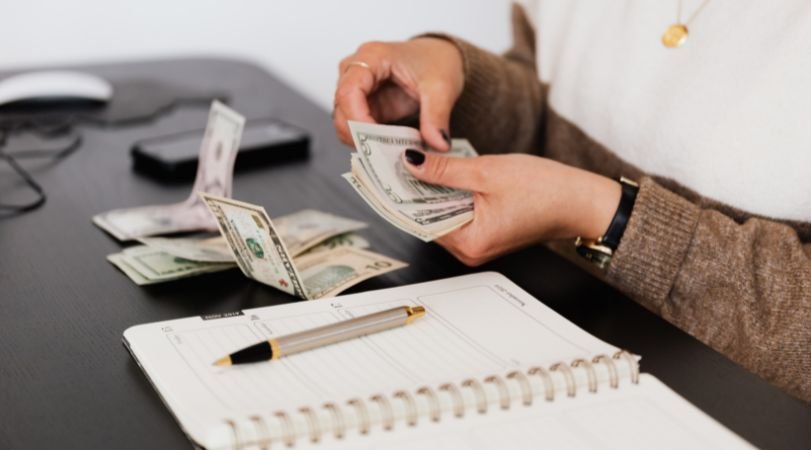Old windows do more than just look bad. They drain your wallet month after month, often without you realizing it. Drafts, leaks, poor insulation, and outdated materials all combine to raise your energy bills and reduce your comfort.
Energy loss adds up fast
Every small gap around an old window frame lets in outdoor air and leaks your heated or cooled air out. According to the U.S. Department of Energy, up to 30% of a home’s heating and cooling energy is lost through inefficient windows. That means your HVAC system works harder every day, and you pay for that wasted effort.
Outdated glass doesn’t block heat
Most older homes still have single-pane windows or double-pane units without low-E coatings. These outdated designs let heat pass through easily. In summer, that means your air conditioner runs constantly; in winter, your heater never gets a break. Replacing old windows with energy-efficient models can cut energy use by 15-25%, depending on your climate and window type (source: ENERGY STAR).
Drafts cause hidden costs
Even if your windows look fine, worn seals or frames can let in moisture. Over time, that leads to rot, mold, or even damage to drywall and flooring. Those repairs cost far more than a proper window replacement. The longer you wait, the more expensive it gets.
Poor insulation affects comfort
Uneven room temperatures are a clear sign your windows are failing. If one side of your house feels hot while the other stays cold, your windows aren’t insulating properly. Energy-efficient replacements maintain consistent indoor temperatures and make your home quieter by blocking outdoor noise.
Property value and resale impact
Homebuyers notice old, drafty windows right away. They also know what it costs to replace them. According to Remodeling Magazine’s 2024 Cost vs. Value Report, homeowners in California recover around 67% of the cost of vinyl window replacement when selling their home. That makes new windows not just an energy upgrade, but also a financial investment.
Old windows don’t just waste energy, they slowly drain your bank account. Replacing them with modern, energy-efficient models pays off every month in lower bills, higher comfort, and better home value. The sooner you make the change, the sooner you stop paying for wasted air.
Verified sources used:
- U.S. Department of Energy – Energy Saver: Windows, Doors, and Skylights (energy.gov)
- ENERGY STAR – Energy Efficient Windows (energystar.gov)
- 2024 Cost vs. Value Report – JLCOnline (Region: Pacific) – based on Remodeling Magazine data
